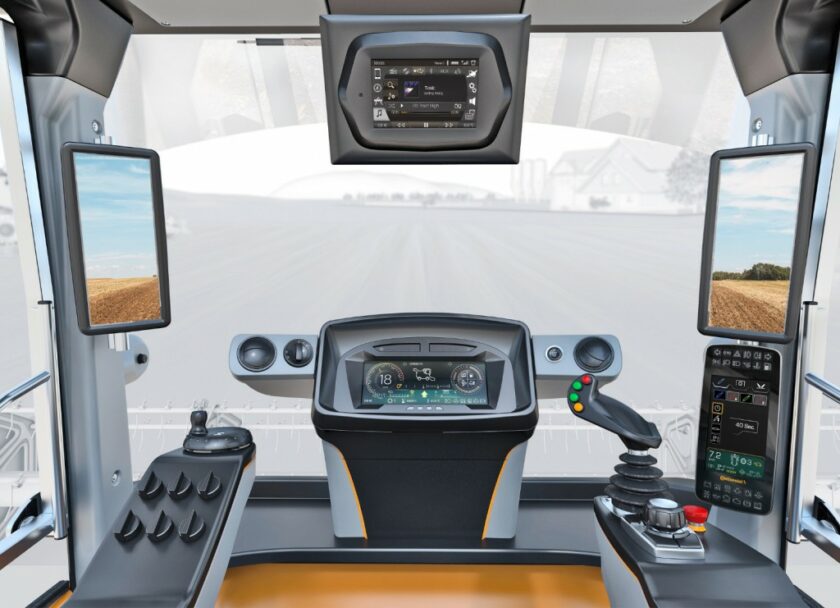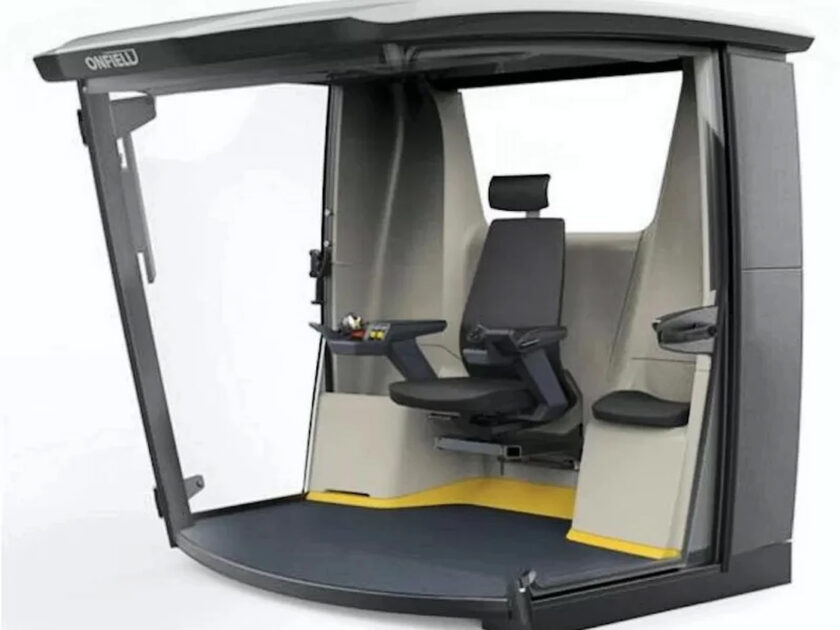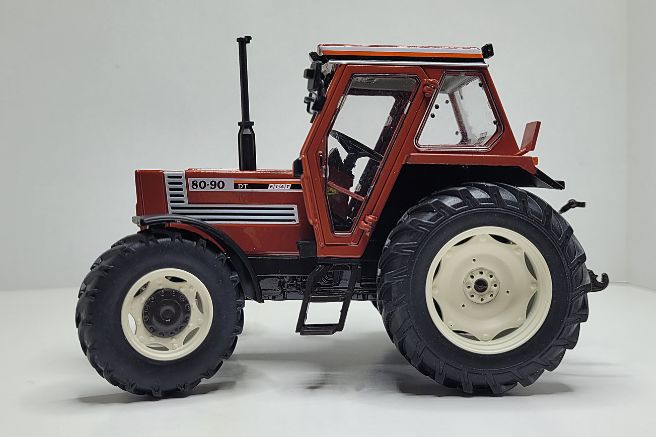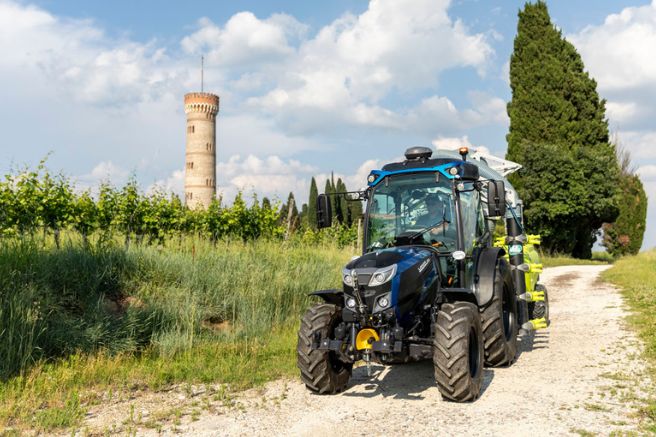
The Bosch Group has released the results of a research project called “Rumba,” which analyzed the possible evolution of autonomous vehicle interiors in light of both advancing sector technologies and user expectations. The work of corporate and scientific experts was funded by the German Federal Ministry for Economic Affairs and Climate with around €11 million, and it has led to insights that will serve as a starting point for designing the interiors of next-generation vehicles.
Three years of investigations
For three and a half years, a team of experts from automotive manufacturers, suppliers, and scientific institutes studied the issue, taking into account user expectations for future vehicles, particularly those capable of covering long distances autonomously, resulting in long periods of driver inactivity. This situation is not much different from what can occur with agricultural machines that perform repetitive tasks over large areas.
Through interviews, observations, and studies, the researchers sought to understand how drivers of private cars and commercial vehicles would spend their time if not engaged in driving—again, a scenario not very different from what operators of autonomous agricultural machinery may face. The difference, however, is that while drivers of autonomous cars and commercial vehicles may have the opportunity to transform their cabins into offices, projection rooms, or rest areas, agricultural operators will only have the first option, as they will still need to monitor ongoing tasks.

In both cases, however, a radical transformation of interiors and cabins can be expected, starting with the elimination of the traditional steering wheel in favor of alternative steering systems, such as joysticks or yokes operating through steer-by-wire technology. Solutions aimed at monitoring the driver’s alertness while driving or working, especially when their attention is minimal, and they are prone to drowsiness, will also become common.
60 crucial seconds
Studies in this regard have shown that after a brief nap, it can take up to 60 seconds for many users to become reactive again, even with significant deficits in driving or vehicle control performance. Researchers concluded that autonomous vehicles will need to be able to recognize the onset of dangerous situations well in advance to allow the operator time to recover and react—an objective achievable only through specific technologies that monitor the external and internal environments of the vehicles.
Regarding the latter, the research also examined the color combinations, materials, styles, and lighting distribution, which, together with the control elements, may prove most suitable for designing the interiors of the future. These designs will need to consider both the conditions that arise during a trip or work activity and the active and passive safety standards that vehicles will need to meet.
Title: The cabins to come
Translation with ChatGPT







